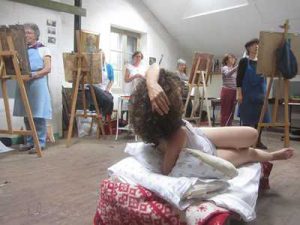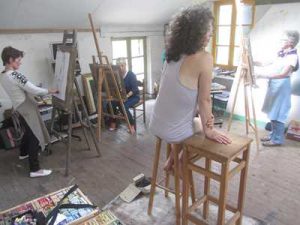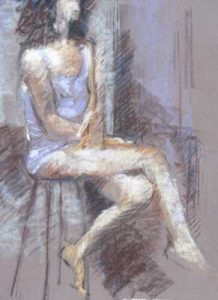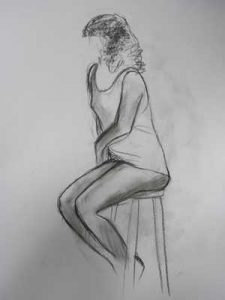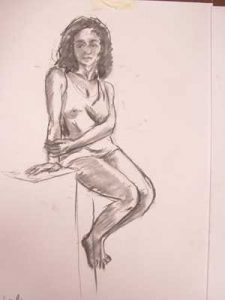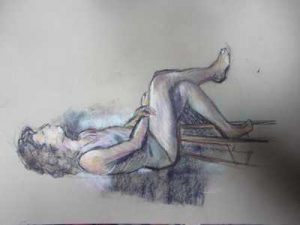Pastel Painting art course
Pastel Painting art course in Catus
16 September 2015
The first day.
This pastel course was run from our home outside the village of Catus, in South-west France. Nine people were enrolled. Two were local to Cahors and the rest travelled from other parts of France. They stayed in local gites such as ‘Chezming’ in Catus.
The first morning began at 9.3O with a coffee around the kitchen table. There were new people and some returning to Catus for the second or third time. We talked about what we were hoping to achieve in the next four days.
I like to start with a still life when I have a new group, it enables us to work together on a simple theme and to concentrate on the essentials. For some it was the first time they had tried out pastels. First of all we looked at some still lives done by artists I admire and tried to analyse what we appreciated in these pictures. All are of simple set-ups, but are rendered interesting by their original use of light and shadow as well as their slightly unusual but tightly constructed compositions. We also considered the changing ‘edges’, where the lines are defined and where they are softened by close tones with objects merging into the background, how we can achieve this with our pastels.
These pictures are done by the artists Richard Long, Sally Strand and Mathieu
The quince tree in our garden has been weighed down with heavy golden quinces this summer and they made a nice simple subject for us to use for our first pastel. The students worked from one set up between three of them (three set-ups in all) which allowed them to work in close proximity, each little scene was lit by a strong directional light with a daylight bulb. This is very important for me as I want the class to understand the importance of light and shade in creating the illusion of volume.
Here are four examples of pastels painting done by the students.
Lunch,as usual, provided a welcome break and was served by François in the salon downstairs. Gabriella, our model, arrived in time for coffee and to meet everyone before work recommenced.
Before attempting a pastel figure painting, I wanted the class to go back to the basics of drawing from the model. Using charcoal, which is a good introduction to pastel, we worked on A2 cartridge paper and Gabriella changed her pose every 15 minutes. This is a hard exercise and can seem quite frightening at first, but I try to encourage the class to relax, to concentrate and most importantly to look hard! After several 15 minute poses we moved to 5 minutes. Sometimes the energy and spontaneity in these drawings make them extremely interesting, and more valuable than stiff over-worked pieces.
We looked at the drawings and discussed them over a cup of tea and then it was time to get the pastels out again and to work on the model in colour as well as tone. Most of the students, like me, prefer to use pastelmatt or pastelcard. I wanted them to work fairly small and to keep a spontaneity in their studies, I think this is always easier after the kind of intense ‘warm up’ we had just experienced.
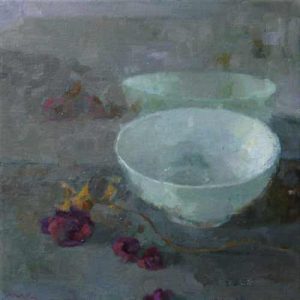
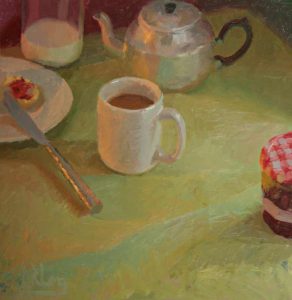
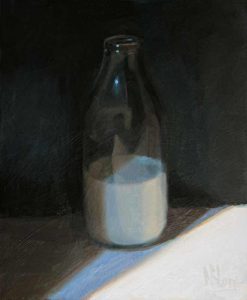
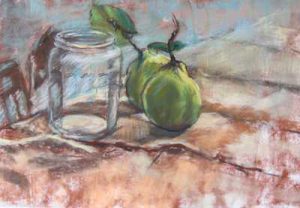
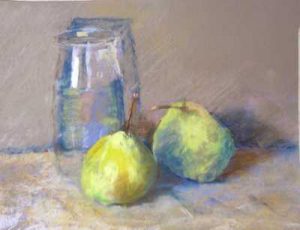
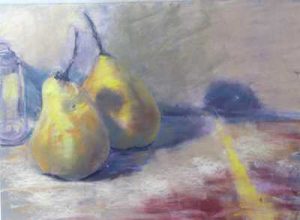
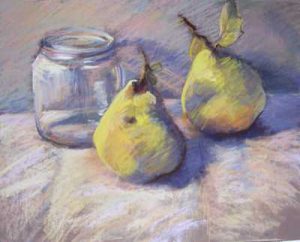
![IMG_4587 [gfhk]](https://localhost/Blog_Penny/wp-content/uploads/2015/09/IMG_4587-gfhk-300x200.jpg)
